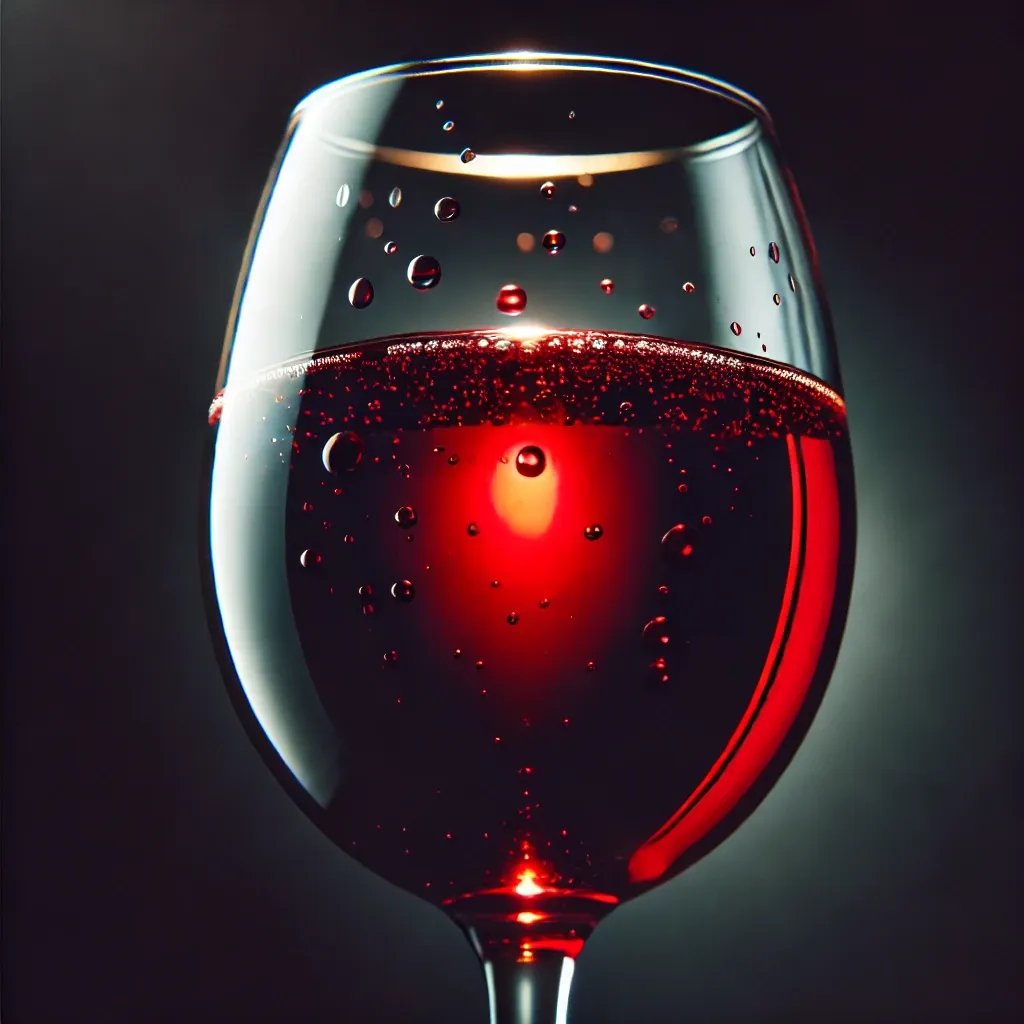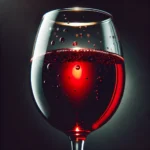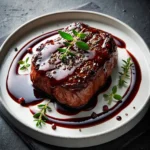Red wine is often celebrated not just for its rich flavors, but also for its striking and complex color. The unique hues of red wine can vary significantly depending on its type, age, and production process. In this article, we’ll explore how red wine color is made, the different types of red wine colors, and how these colors can be coordinated with food and settings to enhance your experience. If you’ve ever wondered why red wine changes color or how to best appreciate its visual beauty, you’re in the right place!
How is Red Wine Color Made?
The color of red wine comes primarily from the skins of the grapes used in its production. Unlike white wine, which is made from the juice of grapes (often without their skins), red wine owes its deep, ruby-red hues to the pigments found in the skins of red and black grape varieties. These pigments, known as anthocyanins, are responsible for the characteristic red, purple, and blue shades you see in different wines.
The process of making red wine begins with crushing the grapes, but the real magic happens during fermentation. Here’s how it works:
-
Grape Selection The variety of grape plays a major role in the color. For example, Pinot Noir tends to produce a lighter, more translucent wine, while Cabernet Sauvignon results in a darker, fuller-bodied wine.
-
Fermentation Process During fermentation, the grape skins are left in contact with the juice for a period of time, which allows the extraction of color and tannins. This process is called maceration.
-
Temperature and Time The temperature of fermentation can also influence the intensity of the color. Higher temperatures usually extract more color, while cooler fermentation preserves delicate shades.
-
Aging As the wine ages, its color can change. Young wines are typically more vibrant, while older wines can develop a more muted, brick-red hue due to oxidation and the breakdown of anthocyanins.
The result is the deep and varied colors that range from pale ruby to dark purple, giving each wine a distinct visual appeal.
👉 Learn More about Red Wine Color Production 👈
Types of Red Wine Colors
Red wine can appear in a spectrum of colors depending on the grape variety, winemaking techniques, and age. Some of the most common color types you’ll encounter include:
-
Light Ruby Wines like Pinot Noir and Gamay tend to have a light ruby color. These wines are often transparent and have a fresh, fruity profile.
-
Ruby A classic color for many red wines, ruby wines are vibrant, bright, and often seen in varieties like Merlot or Zinfandel.
-
Garnet As red wines age, they can develop a garnet color, a mix of red and brown that signifies maturity. This is often found in wines like Cabernet Sauvignon and Syrah.
-
Purple Some young red wines, such as a young Malbec or Petite Sirah, exhibit a deep purple color, indicating a wine with a bold and powerful flavor profile.
-
Brick Red Older red wines, especially those that have aged for several years in a bottle, often take on a brick-red or brownish tint. This is a sign of oxidation, which mellows the wine over time.
Understanding the variety of red wine colors can help you identify different wines and predict their flavor profiles, whether you’re at a winery, dining out, or hosting your own wine tasting.
👉 Explore More Red Wine Colors 👈
Coordinating Red Wine Color with Food and Events
Red wine is not only a treat for the palate but also a visual experience that can set the mood for any occasion. The color of the wine can influence how it pairs with food or even the decor at an event. Let’s look at some ways to coordinate red wine color to enhance your experience:
-
Food Pairing by Color Lighter wines like Pinot Noir pair beautifully with lighter foods like grilled chicken, seafood, or dishes with earthy vegetables like mushrooms. On the other hand, heavier wines like Cabernet Sauvignon complement rich meats such as steaks or lamb.
-
Serving with Cheese The rich color of red wine can be paired with various cheeses. For example, a medium-bodied Merlot looks great with cheddar or gouda, while a full-bodied Shiraz pairs excellently with aged blue cheese.
-
Aesthetic Pairings for Events The deep red hues of wines like Cabernet Sauvignon can add a touch of elegance to any formal dinner setting, especially when paired with classic silverware and glassware. Lighter reds, such as a Rosé or Pinot Noir, are ideal for more casual or outdoor events where the mood is more relaxed.
-
Red Wine in Cocktails The color of red wine can also be incorporated into cocktails for special occasions. A splash of red wine can add a pop of color to cocktails like sangria or spritzers, making the drinks visually appealing as well as delicious.
By understanding the connection between red wine colors and food or event themes, you can make more intentional choices for an unforgettable experience.
👉 Discover More Red Wine Pairing Ideas 👈
The Changing Color of Red Wine
One of the most fascinating aspects of red wine is how its color evolves over time. As red wine ages, its vibrant hues gradually change, often becoming more muted or shifting to different shades. Here’s how and why red wine changes color:
-
Oxidation Over time, exposure to oxygen causes the anthocyanins in the wine to break down, resulting in a change of color from vibrant reds to brownish hues.
-
Tannins and Aging The tannins in red wine also play a role in the color change. As the wine ages, the tannins soften, which can alter the wine’s appearance and overall taste.
-
Bottle Ageing vs. Aging in Barrels Wines that are aged in barrels tend to develop a deeper color earlier, while bottle-aged wines change gradually over time.
-
Environmental Factors The storage environment can also impact how quickly wine changes color. Wines stored in cooler, darker conditions tend to age more slowly, preserving their original color for a longer period.
The color change is often a sign of the wine’s evolution, and for connoisseurs, it’s a part of the joy of wine tasting.
👉 Learn More About Wine Aging and Color Changes 👈
Conclusion
Red wine color is more than just a visual characteristic—it tells a story about the wine’s origin, the grapes used, and its journey from vineyard to glass. Understanding how red wine colors are made, the different types, and how to coordinate them with food and events can elevate your wine-tasting experience. Whether you’re savoring a light ruby Pinot Noir or enjoying a deep, complex Bordeaux, each wine’s color offers insight into its flavor profile and aging potential.
As you continue to explore the world of red wine, remember that the beauty of wine is not just in its taste, but in its ability to engage all your senses. Cheers to the fascinating spectrum of red wine colors!






